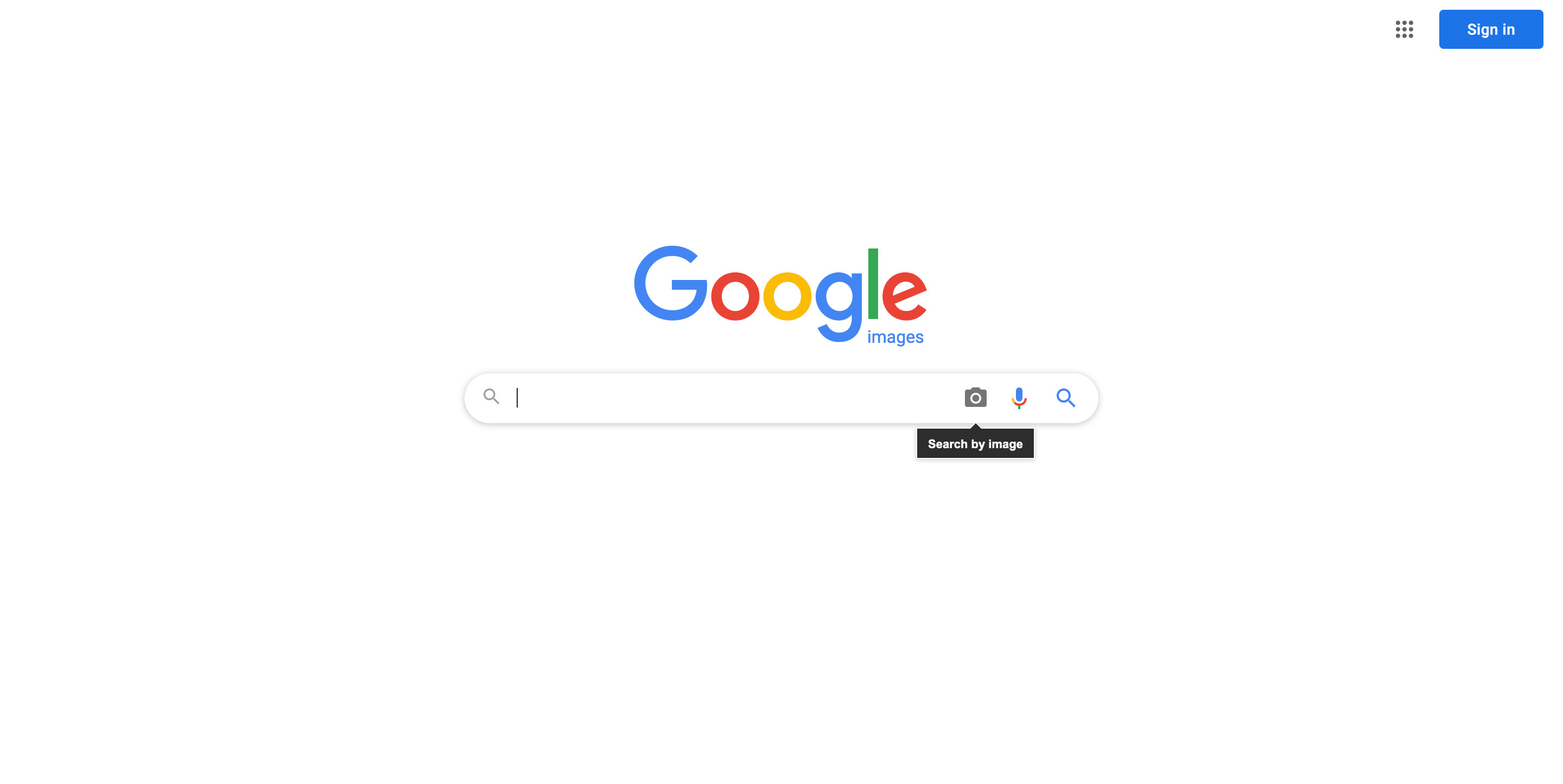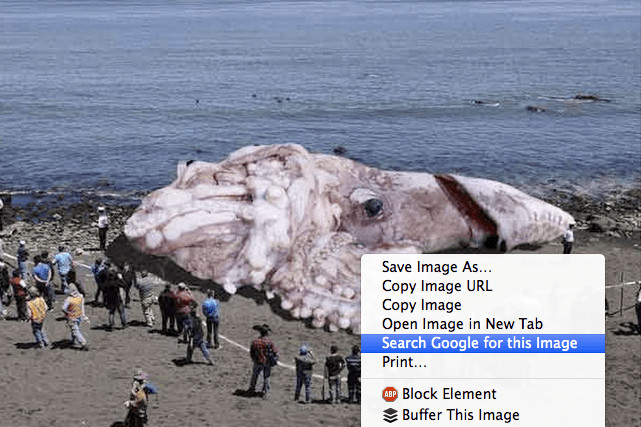Identifying image manipulation is crucial in today’s digital world, so how can you verify the authenticity of a photo? Checking if a photo is fake involves using reverse image search, examining metadata, and looking for inconsistencies, which we’ll cover in detail on dfphoto.net. Explore advanced image analysis and digital forensics techniques to spot manipulated images and maintain your photographic integrity.
1. Why Is It Important to Check If a Photo Is Fake?
Verifying the authenticity of photos is crucial for maintaining trust, preventing misinformation, and ensuring ethical standards across various fields. Here’s why:
- Combating Misinformation: Fake photos can spread false narratives, influencing public opinion and causing real-world harm.
- Maintaining Credibility: For journalists, photographers, and content creators, verifying images ensures the information they present is accurate and trustworthy.
- Protecting Reputations: Sharing manipulated images can damage personal and professional reputations.
- Supporting Legal and Ethical Standards: In legal contexts, authenticating photos is essential for evidence. Ethically, it’s crucial to present honest and unaltered representations of reality.
- Enhancing Digital Literacy: Learning to identify fake photos promotes critical thinking and digital literacy, empowering individuals to navigate the online world more responsibly.
2. What Are the Key Indicators of a Fake Photo?
Spotting a fake photo involves looking for several telltale signs that indicate manipulation. Here are some key indicators:
- Inconsistent Lighting and Shadows: Check if the lighting and shadows match across the image. Inconsistencies can suggest elements were added or altered.
- Blurry or Distorted Edges: Manipulated areas often have blurry or distorted edges where different elements are merged.
- Repetitive Patterns: Cloned or copied elements may create repetitive patterns that look unnatural.
- Unnatural Colors: Altered color balance or unnatural hues can be signs of manipulation.
- Missing or Mismatched Details: Look for missing details, mismatched textures, or objects that don’t align properly.
- Inconsistencies in Perspective: Check if the perspective lines converge correctly and if objects appear to be the right size relative to each other.
- Pixelation or Artifacts: Excessive pixelation or digital artifacts can indicate that an image has been heavily edited or compressed.
- Unusual Textures: Altered textures or surfaces that appear too smooth or artificial can be red flags.
- Missing Reflections: Ensure that reflections in mirrors or water are accurate and consistent with the scene.
- Anachronisms: Check for objects or elements that are out of place or time, such as modern items in historical photos.
3. How to Use Reverse Image Search to Verify a Photo’s Authenticity
Reverse image search is a powerful tool for verifying the authenticity of a photo. It helps you find where else the image has appeared online, which can reveal whether it’s been used in misleading contexts or if it’s a known fake. Here’s how to use it effectively:
3.1. Google Images
- Access Google Images: Go to images.google.com.
- Upload the Image: Click the camera icon in the search bar. You can either upload the image from your computer or paste the URL of the image.
- Review Results: Google will show you visually similar images and websites where the image has appeared. Look for the earliest dates and contexts to determine the original source and usage.
3.2. TinEye
- Visit TinEye: Go to tineye.com.
- Upload or Paste URL: Upload the image or paste the URL into the search bar.
- Analyze Results: TinEye specializes in finding exact matches and altered versions of the image. It provides a comprehensive history of where the image has been used.
3.3. Yandex Images
- Go to Yandex Images: Visit yandex.com/images.
- Upload the Image: Click the camera icon in the search bar and upload the image from your computer.
- Examine Results: Yandex often provides results from Russian and Eastern European websites, which can be useful if the image is circulating in those regions.
3.4. Using Chrome Extension
- Install Extension: Install a reverse image search extension for Chrome, such as “Search by Image” by Google.
- Right-Click to Search: Right-click on any image online and select “Search image with Google” (or the extension’s equivalent).
- Assess the Data: After using reverse image search, analyze the results to determine the image’s authenticity and original context.
4. What Metadata Can Reveal About a Photo’s Authenticity
Metadata, the hidden information embedded in a photo file, can provide valuable clues about its authenticity. Here’s what to look for:
- Camera Information: Check the camera model, lens type, and settings used. This information can be verified against the photographer’s known equipment.
- Date and Time: Verify that the date and time the photo was taken match the event or subject matter. Inconsistencies can indicate manipulation.
- Geolocation Data: If GPS data is present, confirm that the location is consistent with the claimed origin of the photo.
- Software Information: Examine the software used to edit the photo. Excessive editing or the use of advanced manipulation tools can raise suspicion.
- File History: Some metadata includes a history of edits and modifications. Review this to see if there are any unexplained alterations.
- Copyright Information: Check for copyright notices or ownership details. This can help trace the image back to its original creator.
Tools for viewing metadata:
- ExifTool: A command-line tool for reading and writing metadata.
- Online Exif Viewers: Websites like Jeffrey’s Exif Viewer and Metadata2go allow you to upload an image and view its metadata.
- Operating System: Windows and macOS have built-in tools to view basic metadata by right-clicking on the file and selecting “Properties” or “Get Info.”
5. How to Analyze Image Forensics to Detect Photo Manipulation?
Image forensics involves using scientific techniques to analyze images for signs of manipulation. Here are some key methods:
- Error Level Analysis (ELA): ELA highlights areas of an image that have been compressed at different rates, revealing inconsistencies that can indicate tampering.
- Noise Analysis: Analyzing the noise patterns in an image can reveal if parts of the image have been added or altered. Consistent noise patterns indicate authenticity, while inconsistencies suggest manipulation.
- JPEG Artifact Analysis: JPEG compression can leave behind artifacts that are more pronounced in areas that have been edited. Examining these artifacts can help detect manipulations.
- Clone Detection: This technique identifies areas in an image that have been copied and pasted, which is a common form of manipulation.
- Metadata Analysis: As mentioned earlier, metadata can provide crucial information about the origin and history of an image, helping to identify inconsistencies.
Tools for image forensics:
- FotoForensics: An online tool that offers various forensic analysis techniques, including ELA and metadata analysis.
- ImageMagick: A command-line tool for image manipulation that can be used for advanced forensic analysis.
- Ghiro: An open-source forensic image analysis tool with a range of features for detecting manipulation.
6. What Are Common Photo Manipulation Techniques?
Understanding common photo manipulation techniques helps you identify fake images more effectively. Here are some of the most prevalent methods:
- Splicing and Compositing: Combining elements from different images to create a new scene.
- Cloning: Copying and pasting parts of an image to remove or duplicate objects.
- Content-Aware Fill: Using software to fill in areas of an image seamlessly, often to remove unwanted objects.
- Perspective Manipulation: Altering the perspective of objects to create misleading spatial relationships.
- Color and Tone Adjustments: Changing the colors and tones to create a different mood or alter the appearance of objects.
- Adding or Removing Shadows: Manipulating shadows to make objects appear more realistic or to conceal alterations.
- Smoothing and Retouching: Smoothing skin, removing blemishes, or altering facial features.
- Adding or Removing Reflections: Manipulating reflections to add or remove elements in the scene.
- Using AI-Generated Content: Creating entirely new images or altering existing ones using artificial intelligence.
7. How Can I Stay Updated on the Latest Photo Verification Tools and Techniques?
Staying informed about the latest tools and techniques for photo verification is essential in the evolving landscape of digital manipulation. Here’s how to keep your skills sharp:
- Follow Industry Experts: Subscribe to blogs, newsletters, and social media accounts of leading experts in digital forensics and photo verification.
- Read Academic Research: Stay updated with the latest research papers and studies on image analysis and manipulation detection.
- Attend Workshops and Webinars: Participate in workshops and webinars offered by organizations like the Poynter Institute and the International Fact-Checking Network (IFCN).
- Use Online Resources: Explore websites like Snopes, FactCheck.org, and PolitiFact, which regularly debunk fake photos and provide insights into verification techniques.
- Join Professional Networks: Engage with professional networks and forums focused on digital forensics and media literacy.
- Experiment with New Tools: Regularly try out new tools and software for image analysis to understand their capabilities and limitations.
8. What Role Does Artificial Intelligence Play in Detecting and Creating Fake Photos?
Artificial intelligence (AI) plays a dual role in the world of photo manipulation, both detecting and creating fake images. Here’s how:
8.1. AI for Detecting Fake Photos
- Advanced Analysis: AI algorithms can analyze images at a granular level, detecting subtle inconsistencies that humans might miss.
- Machine Learning: Machine learning models are trained on vast datasets of real and fake images, enabling them to identify patterns and anomalies indicative of manipulation.
- Automated Tools: AI-powered tools can automate the process of verifying images, saving time and resources for fact-checkers and journalists.
8.2. AI for Creating Fake Photos
- Deepfakes: AI can create highly realistic fake videos and images, known as deepfakes, which can be used for malicious purposes.
- Generative Models: Generative adversarial networks (GANs) can generate entirely new images that are indistinguishable from real photographs.
- Image Manipulation: AI-powered software can seamlessly manipulate existing images, making it easier to create convincing fakes.
9. What Are the Ethical Considerations When Investigating Photo Authenticity?
Investigating photo authenticity involves several ethical considerations that must be carefully navigated:
- Privacy: Respect the privacy of individuals in the images. Avoid sharing or analyzing images in ways that could violate their privacy rights.
- Transparency: Be transparent about your methods and findings. Clearly explain how you verified or debunked an image.
- Accuracy: Strive for accuracy in your analysis. Avoid making definitive claims without sufficient evidence.
- Bias: Be aware of your own biases and how they might influence your analysis. Strive for objectivity.
- Impact: Consider the potential impact of your findings on individuals and communities. Avoid perpetuating harmful stereotypes or misinformation.
- Consent: Obtain consent from individuals before using their images in your investigation, especially if the images are sensitive or private.
10. FAQ: How to Check If Photo Is Fake
10.1. How Can I Quickly Check If a Photo Is Fake?
Use reverse image search on Google Images or TinEye to see if the photo has appeared elsewhere and to find its original context. Check for inconsistencies in lighting, shadows, and perspective.
10.2. What Is the Best Tool for Detecting Photo Manipulation?
FotoForensics is a popular online tool that offers various forensic analysis techniques, including Error Level Analysis (ELA) and metadata analysis, to detect photo manipulation.
10.3. Can AI Really Create Realistic Fake Photos?
Yes, AI, particularly through deep learning models like Generative Adversarial Networks (GANs), can generate highly realistic fake photos that are difficult to distinguish from real ones.
10.4. How Important Is Metadata in Verifying a Photo?
Metadata is very important as it provides information about the camera settings, date, time, and location where the photo was taken, which can be crucial in verifying its authenticity.
10.5. What Should I Do If I Suspect a Photo Is Fake?
If you suspect a photo is fake, perform a reverse image search, analyze the metadata, look for inconsistencies, and consult with experts or use forensic analysis tools to confirm your suspicions.
10.6. Are There Any Red Flags That Immediately Suggest a Photo Is Fake?
Red flags include inconsistent lighting and shadows, blurry or distorted edges, repetitive patterns, unnatural colors, and missing or mismatched details.
10.7. How Can I Protect Myself from Being Misled by Fake Photos?
Stay informed about photo verification techniques, critically evaluate the images you see online, and rely on trusted sources for news and information.
10.8. Can Old Photos Be Manipulated?
Yes, old photos can be manipulated using digital restoration and editing techniques, though the methods may differ from those used on modern images.
10.9. What Role Do Fact-Checkers Play in Identifying Fake Photos?
Fact-checkers use a variety of tools and techniques to verify the authenticity of photos, including reverse image search, metadata analysis, and consulting with experts. They help debunk fake images and prevent the spread of misinformation.
10.10. Where Can I Learn More About Photo Verification?
You can learn more about photo verification through online courses, workshops, and resources provided by organizations like the Poynter Institute, the International Fact-Checking Network (IFCN), and dfphoto.net.
In an era where digital manipulation is rampant, it is essential to stay vigilant and informed. By mastering the techniques and tools discussed in this guide, you can confidently navigate the digital landscape and ensure that the images you trust are authentic. Explore more resources and tutorials on photography and image verification at dfphoto.net, where you can enhance your skills and connect with a vibrant community of photography enthusiasts.
Address: 1600 St Michael’s Dr, Santa Fe, NM 87505, United States.
Phone: +1 (505) 471-6001.
Website: dfphoto.net.
 Google Images Search Reverse
Google Images Search Reverse
Google Images Search Interface: Displaying the option to upload an image for reverse search
 hurricane sandy fake photo
hurricane sandy fake photo
Google Chrome Extension Integration: Illustrating how to right-click on an image to initiate a reverse search
